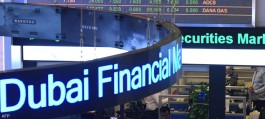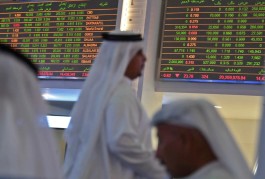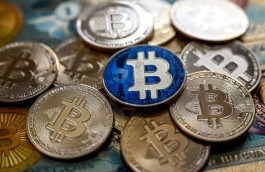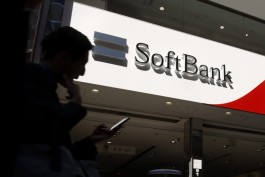Unrest in the banking sector, hotter-than-expected inflation data, and renewed hopes about the Federal Reserve's direction have sent bitcoin to levels not seen in the markets for nearly nine months.
The largest digital asset crossed the $28,000 barrier for the first time since June 2022, and the currency was trading at as much as $28,258 today, Sunday. Since the beginning of the year, the Bitcoin price has increased by almost 70%. Other digital assets also rose, with Ether up about 17% since the beginning of last week, and altcoins such as Solana and Cardano advancing as well.
Traders faced high levels of uncertainty last week in the markets. The two-year US Treasury yield fluctuated wildly, and the Chicago Stock Exchange's Volatility Index, also known as the VIX Fear Index, rose above 30 points, but Bitcoin remained steady, stable.
Bitcoin is linked to liquidity conditions and real rates according to Ilan Solot, co-head of digital assets at Marex, adding: Real prices have fallen, liquidity conditions have expanded, and it looks like we are entering a new order.
The broader markets have been volatile in the past week after a handful of US lenders failed, and fresh concerns about Credit Suisse arose before UBS Group AG agreed to buy the Swiss rival on Sunday.
In light of the current fallout, some investors have called on the Fed to pause interest rate hikes. But midweek data showed that core CPI came in more than expected, a reminder that fighting inflation is still a long way off.
It is unclear how the central bank will respond to the mixed signals at the Fed meeting this week.
Uncertainty has roiled much of the financial world, but it has emboldened major Bitcoin traders, who see the digital asset as a hedge against inflation, despite last year's evidence to the contrary. In 2022, a series of bankruptcies and scandals has caused the Bitcoin price to drop by more than 60%.
The cryptocurrency also rose despite the infighting in the digital asset sector. USD Coin briefly lost its peg to the dollar this month, while the US Securities and Exchange Commission doubles down on the belief that most digital assets have qualified as securities.
The S&P 500 fell 1.1% on Friday. If Bitcoin had been trading at the same pace for most of 2022, the cryptocurrency would have fallen along with US stocks, but this month, the correlation between the digital asset and the S&P 500 has fizzled out.
In this case, we certainly see people looking to Bitcoin,” said David Martin, head of institutional coverage at major digital asset brokerage FalconX.







































